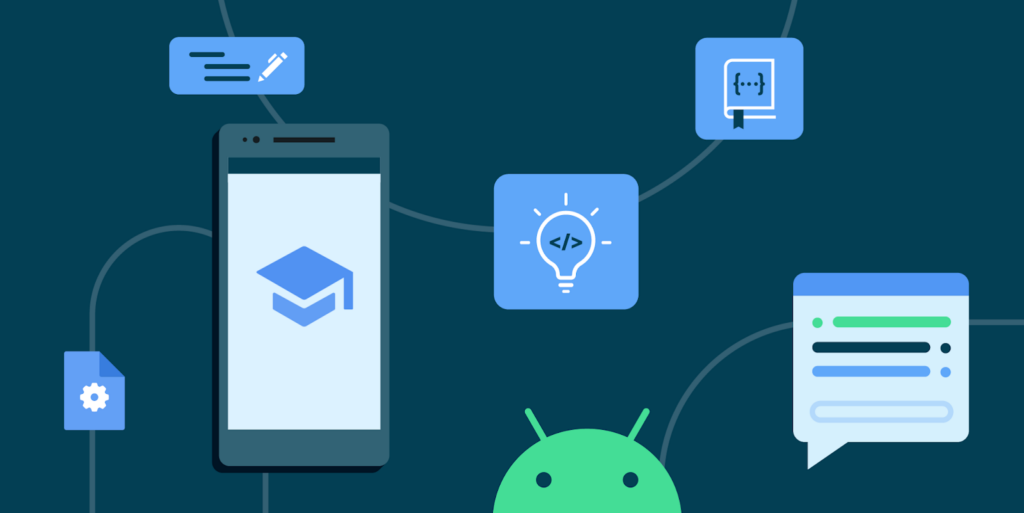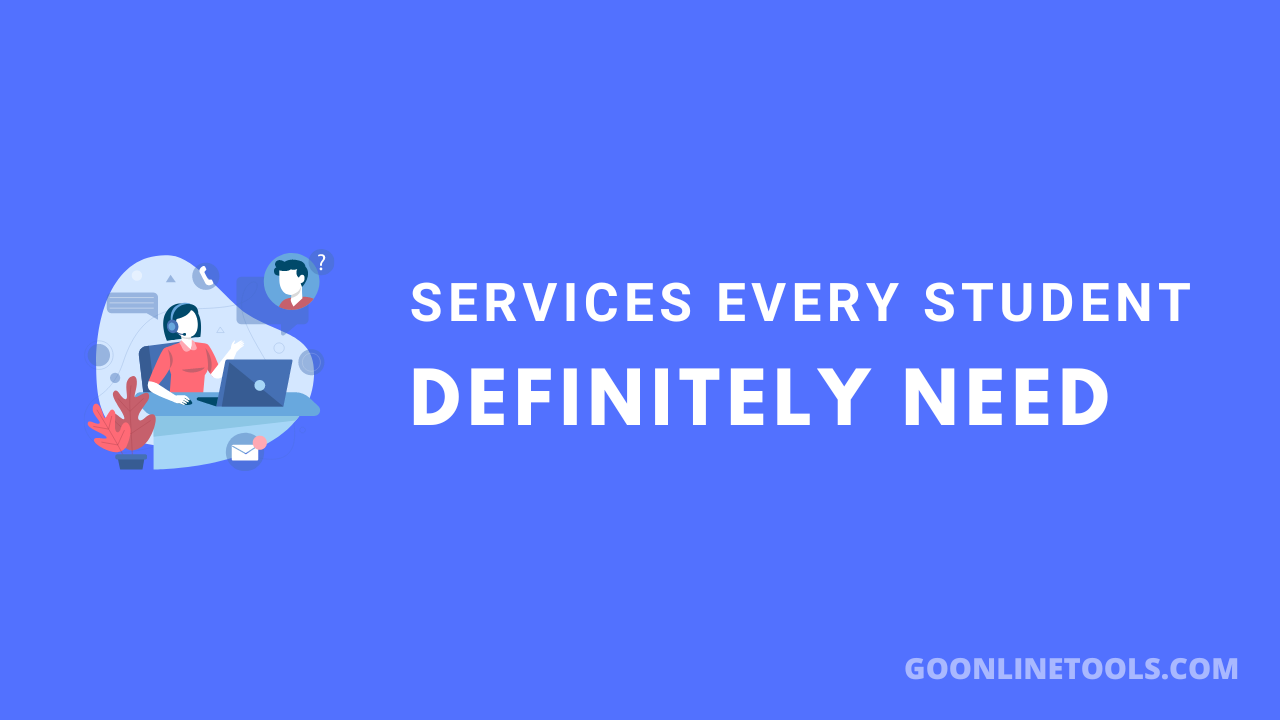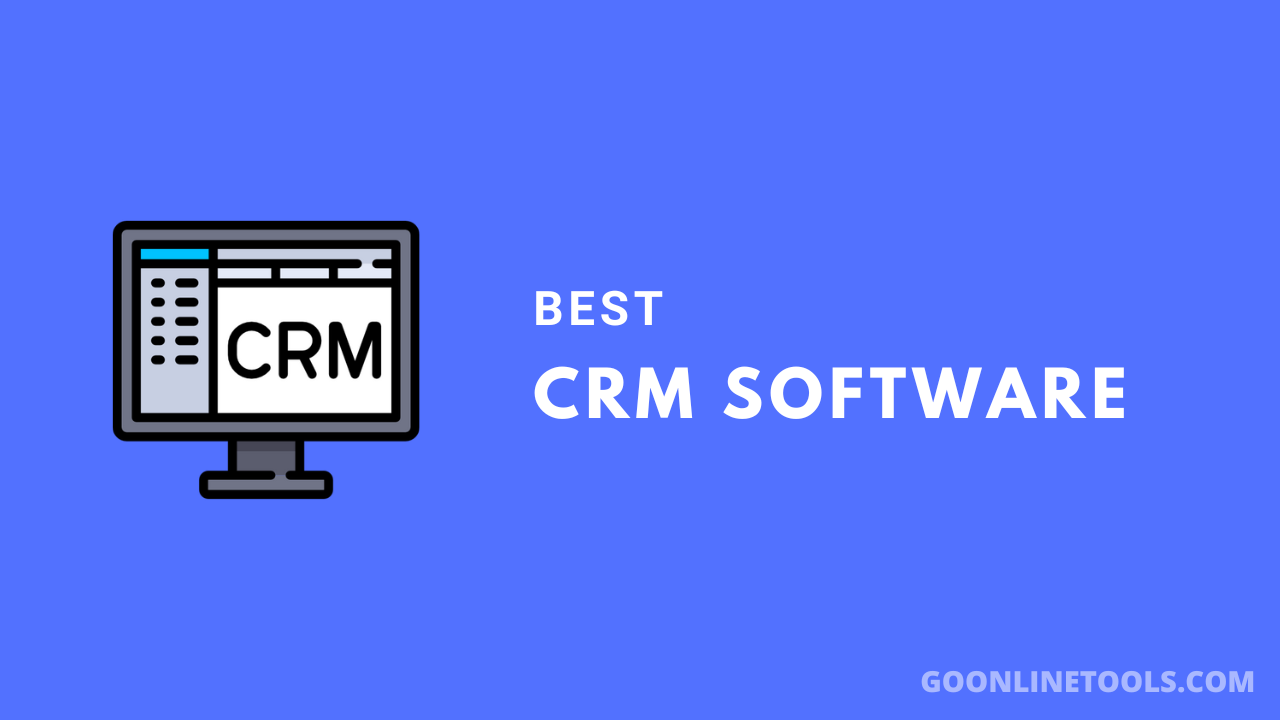
Featured image for "Best Practices for Building Android Apps in 2023"
It is crucial for developers to keep current with the most recent best practices in order to create high-quality and effective Android apps as the Android platform continues to expand. To guarantee the success of their Android app projects in 2023, developers need to adhere to a number of fundamental best practices.

Jetpack Libraries Adoption
Google’s Jetpack is a collection of libraries and tools that makes it easier to create Android apps and enhances their functionality. For better app design, data management, and navigation, developers should use Jetpack libraries like LiveData, ViewModel, Room, and Navigation. In addition to reducing boilerplate code and promoting best practices in Android programming, these libraries also offer uniform patterns.
The use of Kotlin
As a cutting-edge programming language for Android developers, Kotlin has become very popular. It is a great option for creating reliable and effective Android applications since it provides succinct syntax, null safety, and compatibility with Java. To produce cleaner, shorter, and safer code, developers should adopt Kotlin and make use of its advantages.
Modularization Implementation
An Android app is modularized when it is divided up into smaller, stand-alone parts. This method has a number of advantages, such as quicker build times, better code structure, and more reusability. To enable autonomous development, testing, and maintenance, developers should divide their applications into distinct modules depending on functionality, such as feature modules or library modules.
Performance Priorities
App performance will still be important in 2023 for user happiness and retention. By cutting down on needless CPU and memory utilization, streamlining network queries, and lowering app size, developers should concentrate on improving app speed. Performance bottlenecks may be found and fixed by using tools like Android Profiler, Memory Profiler, and Network Profiler.
Supporting Material Design
Google established a design language called Material Design that offers rules for producing aesthetically attractive and understandable user experiences. Developers may improve user experience, guarantee consistency across devices, and create an Android platform-native feel for their applications by implementing the Material Design principles.
Tests and Quality Control
To guarantee the stability, functionality, and performance of an app, rigorous testing, and quality assurance procedures are necessary. Employing frameworks like JUnit, Espresso, and Mockito, developers should implement unit testing, integration testing, and UI testing. The testing and deployment process may be automated by using continuous integration and delivery (CI/CD) techniques, which raises the caliber of the program as a whole.
Following Android Updates
Android is a platform that is always changing, with regular updates bringing in new features, enhancements, and security fixes. To benefit from new functionality and improve app compatibility, developers should keep up with the newest Android versions, APIs, and development tools. To guarantee app speed and security, often update dependencies and aim for the most recent API levels.
MVVM Architecture in Use
In the creation of Android apps, the Model-View-ViewModel (MVVM) architectural paradigm is often used. It divides concerns and clearly distinguishes between business logic and user interface. Developers may improve the flexibility, testability, and maintainability of their code by using MVVM. A strong combo is created by the smooth integration of MVVM design with Jetpack modules like ViewModel and LiveData.
Application Store Optimization
App store optimization (ASO) strategies are important for developers to consider in order to increase app exposure and reach. App information, including as names, descriptions, keywords, and images, must be optimized in order to increase app discoverability and encourage more natural installation. ASO’s core components are keyword research, competitive analysis, and user review monitoring.
User Input and Revision
For an app to succeed, interaction with users and consideration of their input is essential. Encourage people to provide comments, ratings, and reviews, and pay attention to any recommendations or issues they may have. To continually enhance the user experience and meet user demands, iterate on the app’s functionality, user interface, and features depending on user input.
Bottom Line
The success of Android app development in 2023 may be considerably boosted by adhering to these best practices.
The Editorial Team at GoOnlineTools.com specializes in delivering cutting-edge information on technology.
View all articles




